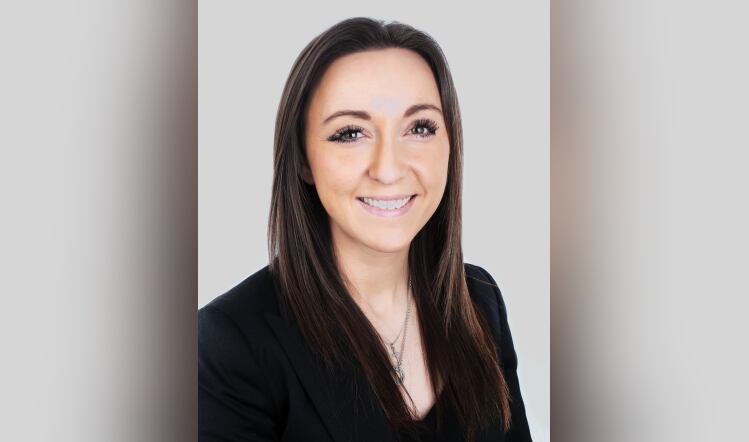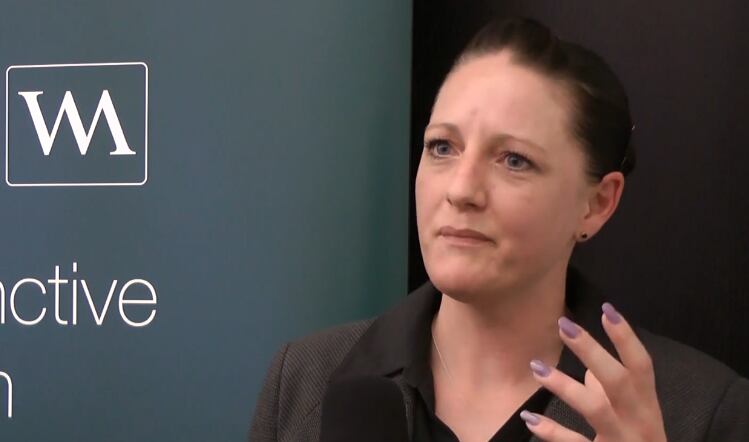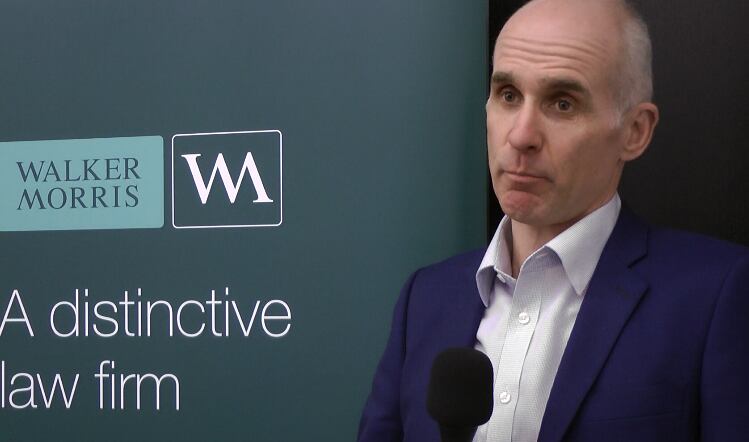What examples exist of innovation in single-use plastics alternatives that would require IP protection?
For decades, many countries around the world simply exported recyclable materials, including plastics, to China for reuse in their recycling programs; in fact, almost half of the world’s recycling was exported to China as this was more economical than developing national recycling programmes. However, in 2018, China announced a ban on importing waste, including plastics, citing environmental reasons for this change. Accordingly, many countries around the world must either develop economical recycling facilities or turn to the use of landfill sites (which could not be used indefinitely!).
Through the actions of many people in the media spotlight, such as David Attenborough and Greta Thunberg, the environmental impact of day-to-day life has also been brought to the forefront of consumers’ concerns. In particular, consumers are looking to more environmentally-friendly alternatives to single use plastics within the food and drink industry.
Thus, endeavouring to meet these needs, many companies within this industry have funded intensive research to find environmentally friendly and economically viable methods of recycling plastic and/or suitable alternative packaging materials.
Recycling plastics
One company looking to find more effective and environmentally friendly methods of recycling plastics is Green Lizard Technologies. The method of recycling waste polyethylene terephthalate (PET) developed by this company uses proprietary catalyst systems to break down the PET polymer chain to its raw materials (BHET - bis(hydroxyethyl)terephthalate). It has been reported that this new method is highly effective, producing yields of BHET of up to 61% from the reaction mixture. Once PET has been broken down to BHET, it can then be reused to form other plastics or alternative polymeric materials.
It has been reported that this process produces recycled materials which are essentially free from contaminants, and, therefore, can be reused to produce food and drink packaging, such as PET recycled water bottles.
This new recycling method has caught the eye of major players within the industry. It was announced on 14 November 2019 that Poseidon Plastics Ltd, a joint venture between Green Lizard Technologies, Panima Capital & Abundia Industries, signed an agreement with the world’s leading differentiated producer of PET and PEN polyester films, DuPoint Teijin Films (DTF) in order to develop this unique polyester recycling technology.
Is replacing single use plastics with alternative materials really the answer?
A report by Green Alliance published in January 2020, ‘Plastic promises: What the grocery sector is really doing about packaging’, looks at the kneejerk reaction by many retailers and suppliers to replace single use plastics with other materials which are considered to be “more environmentally friendly” in response to the increased media attention and growing pressures from the public.
The report comments that many retailers and suppliers are simply replacing single use plastic packaging with alternative single use materials, such as glass, paper, wood and biodegradable materials, without undertaking a rigorous analysis of the environmental impact of such materials compared to single use plastics.
Worryingly, many reports have found that due to the manufacturing process, the number of times consumers are likely to reuse these materials and the availability of recycling schemes, these alternative materials can be more damaging to the environment than single use plastic. For example, a study for the Northern Ireland Assembly in 2011 found that paper bags generally require four times more energy to manufacture compared to plastic bags.
Alternative materials
Accordingly, there is a drive within the food and drink industry to source alternative materials which are more environmentally friendly and also meet the common requirements of the food and drink industry (such as preserving the packaged consumable).
For most adults (and particularly those who work in big cities and/or have children), coffee is not simply a drink choice, but an essential for day-to-day life. In fact, it has been reported that in the UK 95 million cups of coffee are consumed a day, which produces around 500,000 tonnes of used coffee grounds every year, most of which simply ends up on landfill sites (see ‘Put Your Coffee Waste to Work’, by Bio-bean). Fortunately, Berlin based company, Kaffeeform, has found a way to repurpose this waste product, turning coffee grounds into durable cups. Kaffeeform states that these alternative cups are formed from recycled coffee grounds and other plant-based resources that are hardened with biopolymers.
In addition, New York based biotech company, Ecovative Design, has also produced a new environmentally friendly material based on mushrooms. The material has been used to form surfboard blanks to replace those previously used formed from expanded polystyrene or polyurethane foam with a fibreglass coating.
The blanks, which are entirely biodegradable, are made from a material called Myco foam which is formed from mycelium (the white, glue-like, branching part of fungus referred to as hyphae) and organic farm waste, such as corn husks, straw and lentil pods. During manufacture, the mycelium grows, feeding on the organic waste, and forms long entangled fibres. This new material has been an immediate success, and not only in the surfing world. Ecovatve Design has now branched out into making faux-leather materials, packaging and skincare products, forming partnerships with well-known companies such as Bolt Threads, IKEA and DELL.
Laura Clews (pictured) is a UK and European patent attorney at intellectual property (IP) firm Mathys & Squire.
How do US and UK nutrition labelling differ?
Unlike the UK, the US nutritional system is built around ‘per serving’ information. Great effort has gone into defining serving sizes. These have been recently reviewed and where a product is packaged so that more could be consumed in a single sitting, that information is clarified on packs. This is especially relevant for sugary soft drinks in large containers.
In the UK, 30% of people aged 16–24 and 76% of people aged 45–54 have high cholesterol levels, but labels give no clues about cholesterol levels in products and no claims are allowed to help minimise cholesterol intake. In the US, this is mandatory information and must be clearly labelled.
While obesity is a complex issue, identifying energy content of products is key. In the UK, energy content is subject to a minimum font size, depending on space. In the US, it has always been more prominent than other data – more so after a recent revamp of the nutrition facts panel. Energy is also declared solely in calories, unlike the UK where joules are also declared, even though this is likely to confuse consumers who are far more tuned into calories.
Steve Spice is regulatory manager at Ashbury Labelling





